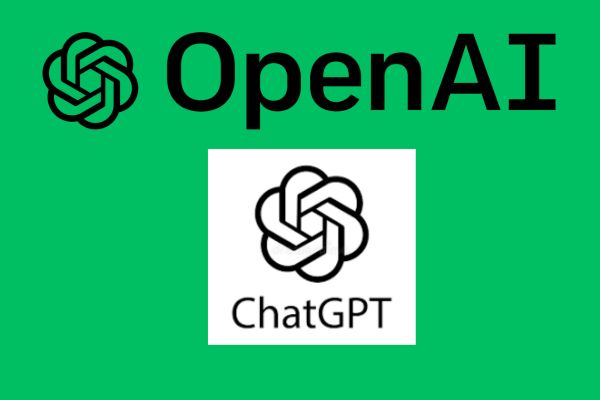ChatGPT is arguably the most advanced conversational AI developed by OpenAI, transforming human interactions with technology. Here is an in-depth exploration of its story, mission, and more.
The Origins of ChatGPT
ChatGPT is among the models in the series of Generative Pre-trained Transformer (GPT) technology developed by OpenAI, cutting-edge technology in language models. The company was introduced to the public on November 2022; however, its parent company, OpenAI, was established back in 2015 by pioneering minds such as Elon Musk, Sam Altman, Greg Brockman, Wojciech Zaremba, John Schulman, and Ilya Sutskever. The establishment of the company was to ensure that artificial intelligence works for the good of all humankind.
How It Started
ChatGPT origins date back to years of natural language processing research. OpenAI trained ChatGPT from vast datasets from the internet, which include books, articles, and websites. Through unsupervised learning and reinforcement learning with human feedback (RLHF), the model improved its identification of contexts, tones, and relevances in the conversation.
What Was the Thought Behind ChatGPT?
The idea was for an AI system to be able to have real, natural conversations. OpenAI envisioned that, for example, the system could actually
1. Understand complex queries and provide detailed, coherent responses.
2. Act as a helpful assistant in various domains, from education to programming.
3. Gradually become a reliable source of creative ideas and problem-solving tools.
The founders thought that this kind of technology could bridge the gap in communication, increase productivity, and improve learning experience. OpenAI attempted to make the model comply with human preferences and ethical standards by using RLHF.
Purpose of ChatGPT
Primarily, the intention of ChatGPT is to make AI accessible, helpful, and safe to a wide audience. This tool has several purposes, including the following:
1. Improvement in productivity: Used for content generation, coding, and technical support.
2. Education: Difficult subjects can be made easier for students as well as those who work.
3. Customer support: Business communication is carried out smoothly and effectively.
4. Entertainment: Engaging the users with creative writing or light-hearted conversation
Pros of ChatGPT
1.Versatility-ChatGPT has wide fields such as education and software development.
2. Accessibility: Any user with access to the internet can use it 24/7
3. Efficiency: Saves time as the ideas, solutions, and written content are produced rapidly.
4. Enhances learning: Breaks down difficult ideas and provides procedural explanations.
5. Innovation Facilitator: Excellent brainstorming tool and can come up with great innovative ideas.
Cons of ChatGPT
1. Dependence on Training Data: Constrained by the quality and breadth of data it was trained on, sometimes resulting in inaccuracies.
2. Lacks True Comprehension: Despite responses being quite human-like, ChatGPT does not comprehend or think like a human would.
3. Ethical Issues: In the hands of bad guys, may be used to generate false or nefarious content.
4. Response Bias: A product of the biases in training data.
5.inconsistent output: sometimes produce Irrelevance or nonsensical responses seem to be common too.
Conclusion
ChatGPT is an epiphany towards artificial intelligence in communication that brings technologies closer and closer to how humans interact. While it is giving much in so many different ways, ethical usage and continuous improvement, in the end, are the keys to tempering its limitations. As OpenAI fine-tunes its models, more and more people will find ChatGPT an indispensable part of their lives.







0 Comments